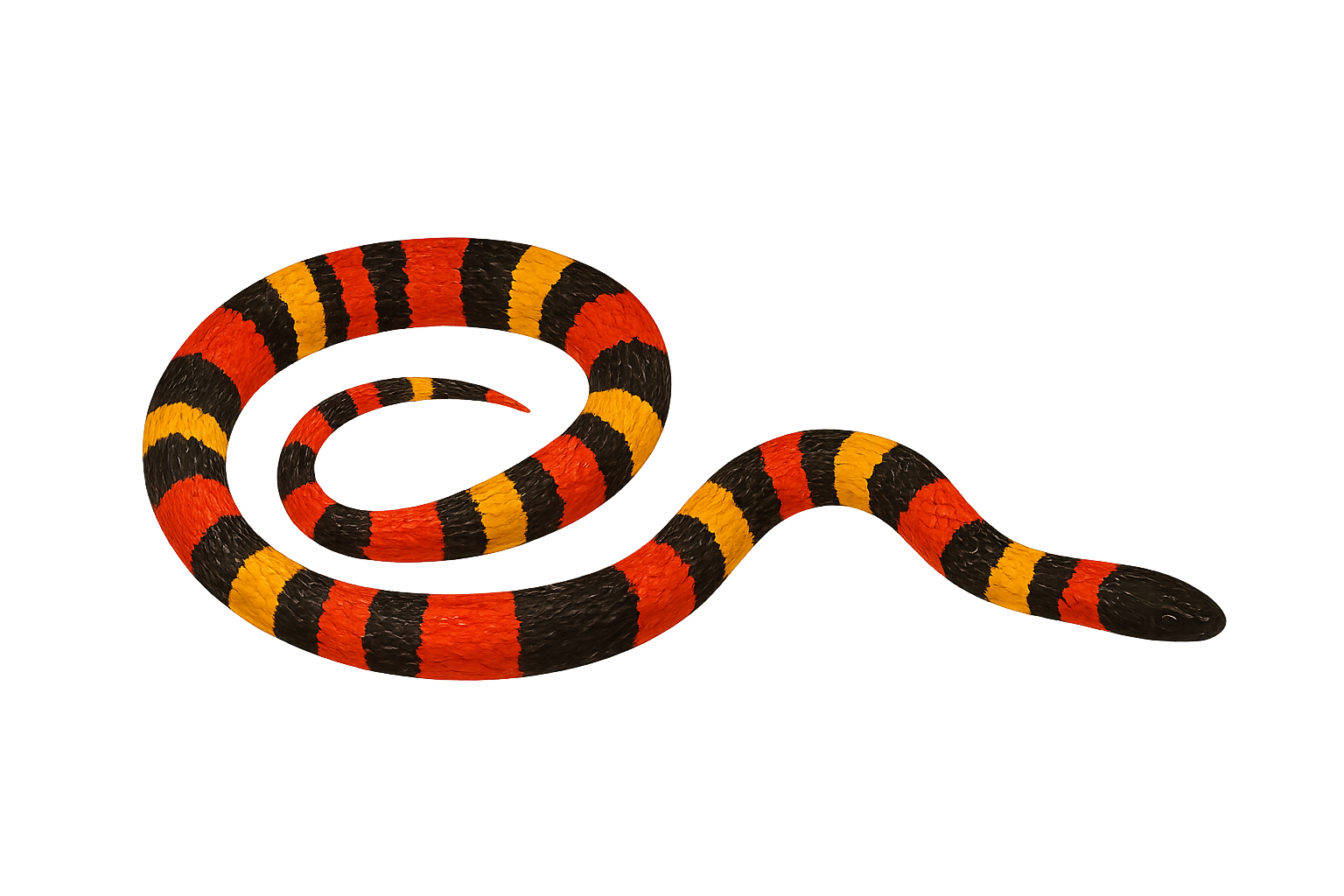Observe and photograph a species in its natural habitat
Learn where and when to observe a species in the wild, how to recognize it in the field, and what habitats it lives in. Get photography tips adapted to its behavior and capture stunning images without disturbing the animal. For full details, open the complete profile in the WildlifePhotographer app.
Eastern coral snake
Scientific name: Micrurus nigrocinctus

IUCN Status: Least Concern
Family: ELAPIDAE
Group: Reptiles
Shyness: Suspicious
Safe distance: 5 m
Breeding season / Courtship: 01.03-31.05
Gestation: 2 à 3 mois
Births: 01.06-31.08
Habitat:
Tropical forests, grasslands, and woodlands of Central and South America, mainly in Mexico, Costa Rica, and Nicaragua
Description:
The Coral Snake is a venomous species found primarily in Central and South America, notably in Mexico, Costa Rica, Panama, and Colombia. It typically measures between 50 and 80 cm in length, although some specimens can reach up to 1 meter. It is distinguished by its red, black, and yellow rings, giving it a vibrant and easily recognizable appearance. Although coral snakes are venomous, their bite is rarely fatal due to their small size and the difficulty of delivering the bite, but it can cause severe symptoms due to their neurotoxin. These snakes typically live in tropical forests, where they hide under dead leaves or in shrubs. They primarily feed on small reptiles, amphibians, and young snakes.
Recommended lens:
>=100 mm
Photography tips:
Use a telephoto lens to photograph the coral snake, especially when it moves or hides in the vegetation. The soft light of the morning or evening is ideal for capturing the bright colors and distinctive patterns of this snake. Be extremely cautious, as this snake is venomous, and respect its space to avoid disturbing its natural behavior.
Ready to take action?
Choose your platform and start your free trial today



